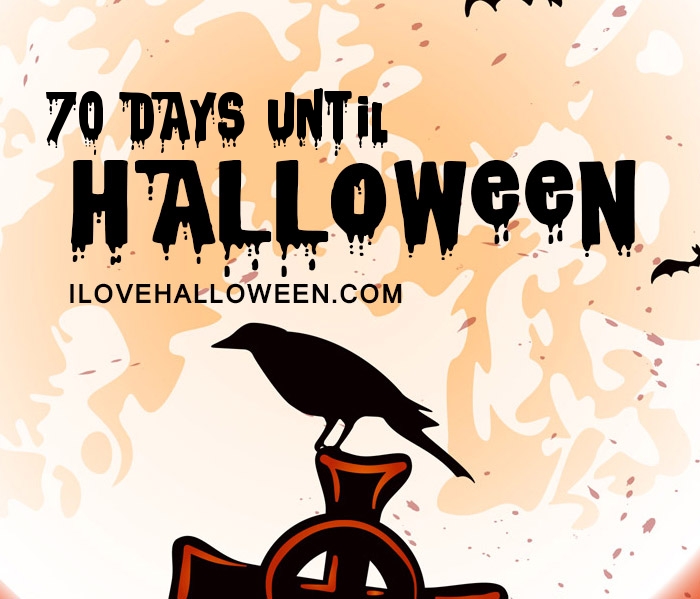Friends, it is only July but I have already been seeing colorful maple leaves on the road when I take my walk. Also lots of very small acorns. I wonder what that means as far as the upcoming winter is concerned. I decided to bring back this posting from 3 years ago to take another look. Enjoy.
For the past few weeks I’ve been noticing lots of acorns on
the road while taking my morning walk. It seemed to me there were more than I
remember seeing last year. So, I was wondering if this meant we are in for a
bad winter, or if there are just a ton of acorns around.
We’ve only lived full-time in the mountains since 2011, but
I have been visiting this breathtaking area of the country since I was in high
school. I’ve spent many a happy day sitting by a waterfall listening to tales
of catamounts, panthers, owls and wildflowers that possess magical powers.
You can’t help but be fascinated by the stories,
superstitions and mountain lore handed down from generation to generation. For
example, legend holds that if you see a butterfly first in spring, you will be
smart. But if you spy a fence lizard first, you will be lazy.
 |
Extra large spiderwebs signal bad weather
|
Of course, much of this lore deals with
atmospheric conditions and the behavior of animals. So, after seeing all those
acorns around, I decided to revisit some of the signs old timers rely on for
predicting the weather.
Here are a few of my favorites:
* If robins are seen near a house during the fall, the
winter will be cold.
* If October 9 is a sunny day, the following winter will be
cold and snowy.
* If squirrels eat the bark off a tree, look for a cold
winter coming up. (Also, if a squirrel has an exceptionally bushy tail, watch
out.)
* When hogs carry sticks in their mouths, bad
weather is ahead.
* If smoke blows to the
ground, it will soon snow.
* If you see raccoons and
possums feeding during the day, there will be bad weather within 12 hours.
* When the new moon
rises with its points turned up, there will be no rain.
 |
Owls hooting late in fall is a bad weather omen
|
*There will be a
winter snow for every morning fog in August.
*If you harvest onions with thin
skins, the winter will be mild.
*The brighter the fall foliage, the
colder the winter.
 |
We had a snowy winter the year I took this photo
|
*If the woolly worm has a narrow brown or orange
band, winter will be harsh.
The
woolly worm stories have been around since Colonial times.
Thin brown bands supposedly mean bad weather is ahead. Wide brown bands indicate
a mild winter is in store. A totally black woolly worm weather tells us weather will
be severe. And you’ll need to break out the snow shovels if you see a worm with
light brown or white bands.
The
legend was bolstered in the late 40s when a Dr. Charles Curran of the
American Museum of Natural History studied woolly worms for eight years and said
they predicted the weather with 80% accuracy. Since that time, other
researchers have not been able to replicate his results.
Today,
the National Weather Service says the worm’s coloring and band size are based
on its age and the length of time it has been feeding. The caterpillars shed
their skins a number of times before they become adults and their colors can
change.
According
to the Old Farmer’s Almanac, woolly worms or banded wooly bears are not really
worms at all. They are caterpillars, the larva of the Isabella tiger moth (Pyrrharctia
Isabella) and can survive temps as low as -90 degrees. Isabella moths are
common from northern Mexico to the southern third of Canada.
Okay,
so woolly worms can’t predict if I need to buy a heavier winter coat. What about
the acorns?
A
recent article from News5Cleveland explains:
"Most trees and
shrubs form their fruit and flower blossoms that bloom in spring during the
previous summer. If the weather was warm and the rains abundant, then the tree
was not stressed and formed enough fruit buds to produce this big acorn crop
this year.”
I take that to mean
the fruit buds that resulted in this year’s bumper crop of acorns may have been formed by the tree in 2019. That makes sense since some varieties of oaks require two growing seasons for acorns to mature and drop.
I also understand that every few years, for no apparent reason, oaks produce an overabundance of acorns Evidently this has more to do with self-preservation than weather. Scientists have yet to explain exactly why this happens.
So, it looks like there will
be no glam winter coat for me!
This final bit of weather lore was a new one on me. Apparently if you cut open a persimmon you’ll either see what looks like a
fork, spoon or knife. The explanation of what weather may follow (depending
which utensil you spy) is too complex for my teeny brain.
Here is my suggestion for determining whether we’ll have a
bummer winter or balmy winter: slice a few persimmons, check out the tails of
every squirrel that wanders by, look at all your trees to see if bark is
heavier on the north side, and make a note of any halos around the moon.
Then, flip a coin.
Copyright 2020

















































-
Follow Us on Twitter!
-
"Join Us on Facebook!
-
RSS
Contact